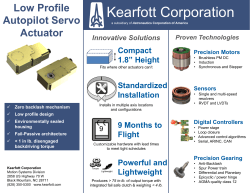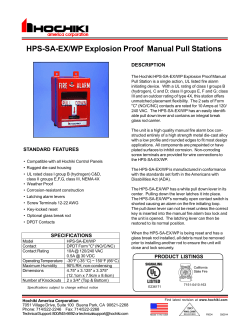
Concept-Development 11-1
Name Class Date Concept-Development Practice Page 11-1 Torques 1. Felix Flex pulls the bar forward, rotates the cam, and lifts the load. Two torques act on the cam––the counterclockwise torque produced by Felix’s pull P, and the clockwise torque produced by the tension T that supports the load: Note that although T stays constant, the torque is not constant because of the variable lever arm (hence the cam’s odd shape!). Shown below is the cam in three positions, A, B, and C. The lever arm (heavy dashed line) is shown for position A. © Pearson Education, Inc., or its affiliate(s). All rights reserved. a. Draw the different-length lever arms for positions B and C. (Take care that your lever arm is perpendicular to the line of action of T!) b. In which position does the cam provide the longest lever arm? c. In which position does T produce the greatest torque? d. In which position does the cam provide the shortest lever arm? e. In which position does T produce the least torque? f. Which position requires the least pull P for Felix to rotate? g. Which position requires the most pull P for Felix to rotate? CONCEPTUAL PHYSICS Chapter 11 Rotational Equilibrium 59 2. Pull the string gently and the spool rolls. The direction of roll depends on the way the torque is applied. In (1) and (2) below, the force and lever arm are shown for the torque about the point where surface contact is made (shown by the triangular “fulcrum”). The lever arm is the heavy dashed line, which is different for each different pulling position. a. Construct the lever arm for the other positions. b. The lever arm is longer when the string is on the (top) (bottom) of the spool spindle. d. For the same pull, rotational acceleration is greater when the string is on the (top) (bottom) (makes no difference). e. At which positions does the spool roll to the left? f. At which positions does the spool roll to the right? g. At which position does the spool not roll at all? h. Why does the spool slide rather than roll at this position? 3. We all know that a ball rolls down an incline. But relatively few people know that the reason the ball picks up rotational speed is because of a torque. In Sketch A, we see the ingredients of the torque acting on the ball––the force due to gravity and the lever arm to the point where surface contact is made. a. Construct the lever arms for positions B and C. b. As the incline becomes steeper, the torque (increases) (decreases) (remains the same). CONCEPTUAL PHYSICS 60 Chapter 11 Rotational Equilibrium © Pearson Education, Inc., or its affiliate(s). All rights reserved. c. For a given pull, the torque is greater when the string is on the (top) (bottom).
© Copyright 2025









